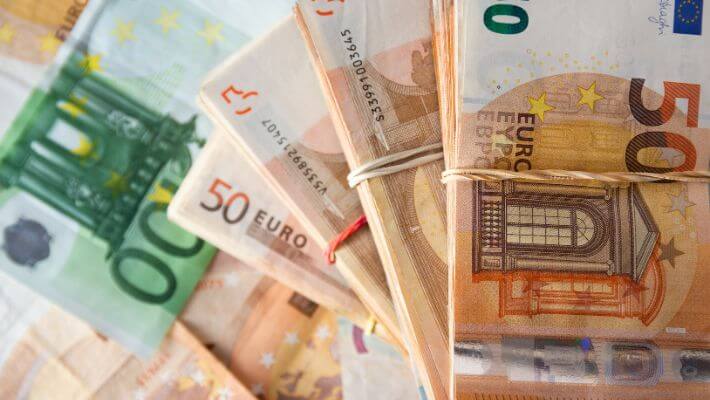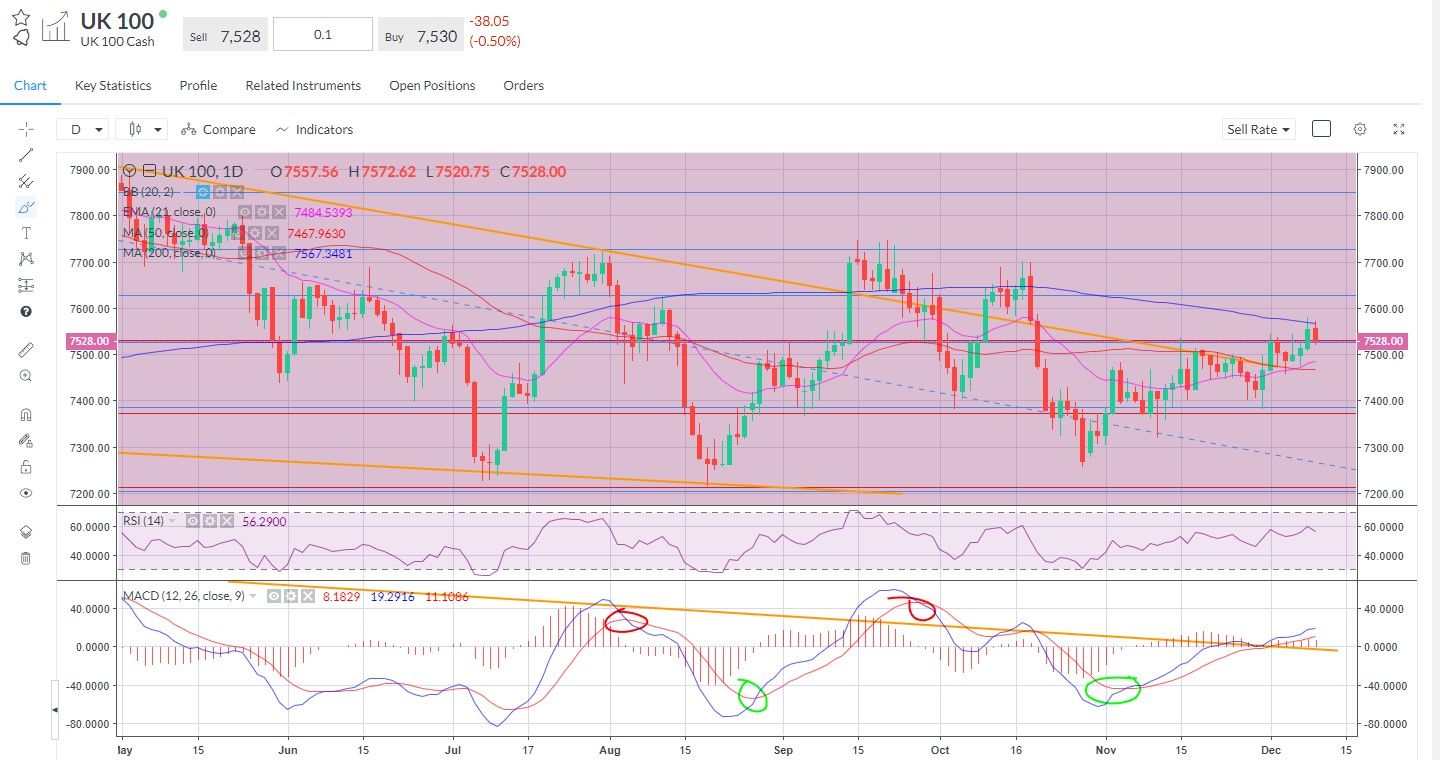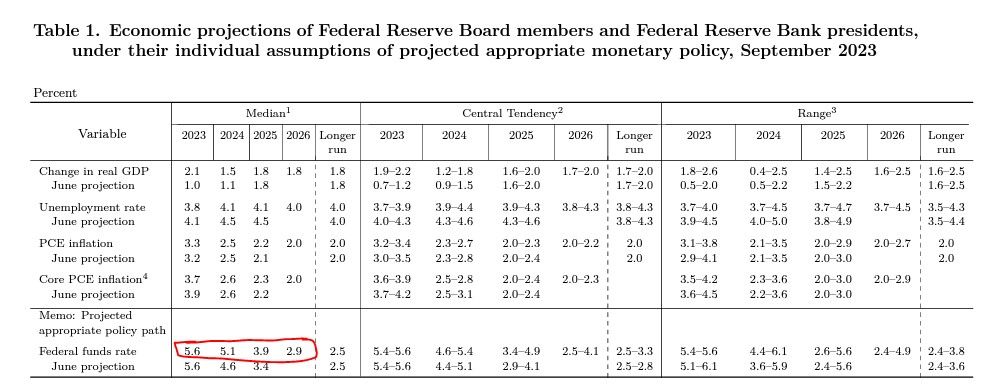Tuesday Dec 12 2023 11:07

5 min

European stocks are a bit so-so this morning after rallying to their best level since early 2022, with London down a bit with miners under the cosh, Paris up a tad and Frankfurt flat. The Stoxx 600 had hit its highest in almost two years on Friday. China’s yuan fell as deflation bit – Chinese CPI fell at fastest pace in three years, -0.5% versus forecast -0.1%, while PPI also fell more than expected, -3.0% vs -2.8%. Iron ore fell on the data whilst industrial metals declined also as the dollar firmed. The US dollar is down from Friday’s post-NFP high but remains bid, oil built on Friday’s gains as the US seeks to refill the SPR, gold trades under $2k as yields tracked higher with the greenback. Elsewhere, new Argentine President Milei used his maiden speech to warn there’s “no alternative” to a sharp fiscal shock. “There is no money”.
FTSE – 200-day line offering resistance again

US jobs data was stronger than expected on Friday; yields climbed, the dollar rallied and even stocks got in on the action as the S&P 500 and Nasdaq both notched their best finishes since early 2022. The jobs data underscored the soft-landing narrative (bullish) and should confirm the sense that central banks will seek to push back against investor expectations for early rate cuts next year (less bullish?). Unemployment fell to 3.7% from 3.9%, whilst the headline NFP was 199k vs 150k last month. This saw markets pare back expectations for a March rate cut, whilst the benchmark 10yr yield bounced to its highest in a week above 4.25% this morning.
This week the FOMC is certain to hold the target range for the fed funds rate between 5.25% - 5.50%. This would be a third straight pause and all but nail on the sense that the terminal rate has been reached. More important for the market, will the new economic projections and so-called dot plot to gauge where policymakers think rates will in 2024? The market is currently pricing in aggressive cuts next year but so far Fed speakers have not gone along with this narrative – the December meeting provides the moment to shift the tone to lean into what the market is forecasting. Ahead of the FOMC, the last big piece of economic data for the Fed is the monthly US CPI report for November tomorrow. Inflation declined to 3.2% in October, the first drop in four months, sparking a decline in Treasury yields and boosting stocks. Core inflation rose 4.0%, the slowest pace of growth since September 2021.
Key is the median dot plot forecast – does the Fed stick to 50bps of cuts next year or lean towards the 100-150bps type range that the market has been expected? I would expect the former and the for the Fed to push back against the market here. Whether the market listens is another question. And this will depend on how hard the Fed pushes back – it can probably afford not to sound too hawkish since it’s clearly winning the battle against inflation – it just cannot declare victory yet. The problem for the Fed in declaring victory is that it needs to first see weakness in the economic data that just isn’t very visible yet. And inflation may yet tick up again. With a pause nailed on, the 2023 dot comes down to 5.4% from 5.6%, with 2024 down to 4.9% from 5.1%. Beyond this for 2025 +100bps of cuts should still be pencilled in.

The Bank of England is probably also done with policy tightening and will leave its Bank Rate at 5.25%, having paused already in November. UK interest rate swaps indicate the BoE will be cutting rates next year, though governor Andrew Bailey has been cautious about endorsing this view, pointing out that inflation remain too high and dismissing rate cut chatter. The ECB will also pause with inflation down to 2.4% and markets now expecting 150bps of cuts in 2024 it will be a hard line for Lagarde to trade. The ECB will want to look at wages before acting – Schnabel last week noted that “We’re going to watch upcoming wage agreements very closely." Inflation may tick up early in 2024 to enable the ECB to wait for longer. Meanwhile the Swiss National Bank may also choose to maintain its policy rate at 1.75% after a decline in inflation. Swiss CPI declined to 1.4% year-on-year, from 1.7% in October, the sixth month in succession that the reading has remained within the SNB's price stability target range.